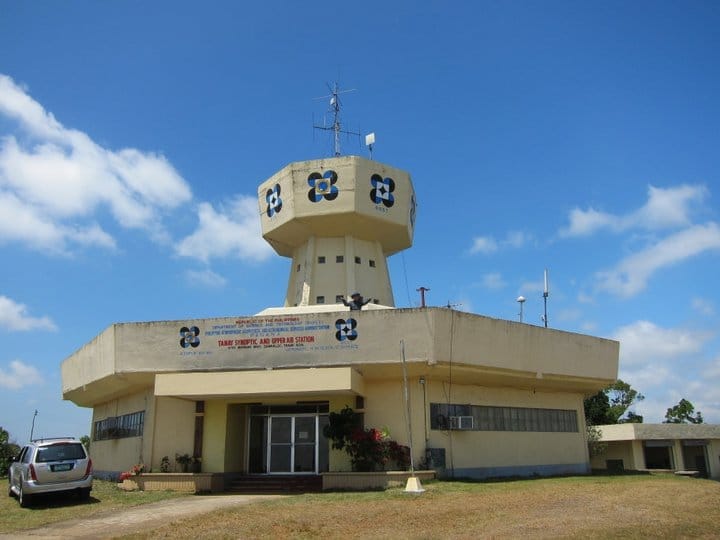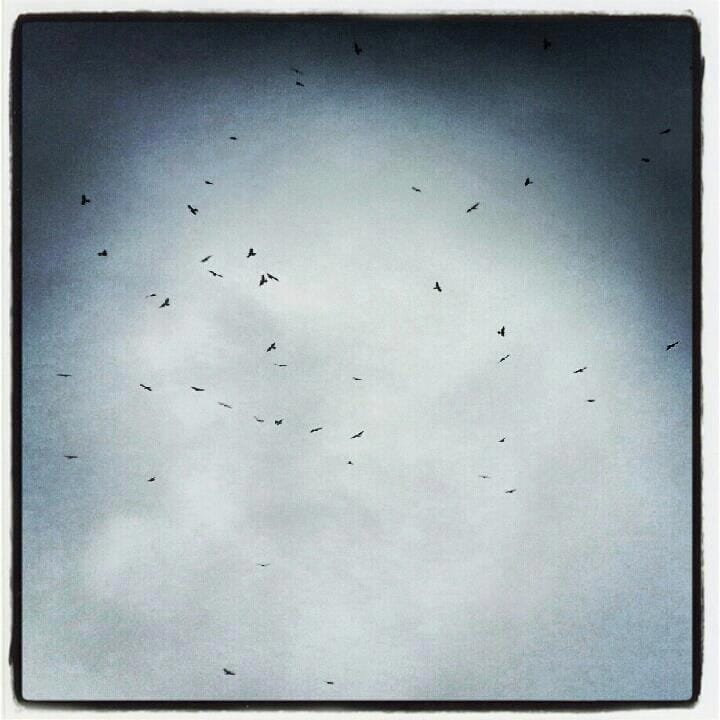Jelaine Gan describes what it’s like to go raptorwatching at the PAGASA watch tower in Tanay.
Space
Raptorwatch: From a Newbie’s Perspective
by Jelaine Gan

The first thing you should know is that raptorwatching is different from birdwatching.
Birdwatching usually involves listening for bird calls and expertly spotting them amidst their camouflage. Meanwhile, Raptorwatching (from the PAGASA watch tower at Tanay) involves knowing where to look and constant trial and errors. You normally have to spot them with the use of binoculars since their camouflage is distance itself. You could be staring at a flock of raptors without knowing it if you don’t look through your bins. Raptorwatchers just experimentally point their bins at the general direction raptors are expected to come from and hope that there are raptors to see. Also, there are no bird calls when it comes to raptorwatching (again due to the distance), your other birding senses will just have to rely on your eye sight, and your old pal, the bins.
Do you love inspecting the beautiful patterns of the feathers, the slender posture, or the shape of the beak of the bird you saw? If yes, then you need to know that getting close-ups on the raptors are uncommon, and so are perched raptors. From the watch tower at Tanay, you usually see only the silhouettes of the raptors. Invisible to the naked eye, the raptors appear as moving dots in the binoculars… So, to identify them is to know the size, wingspan, flight rhythm, and angle of wings of each raptor species. It is like knowing that Crested Serpent-eagle held its wings in V-shaped or that Chinese Goshawk has an unpredictable or chaotic flight. Intimidating? According to my mentor, Alex Tiongco, it just takes experience…
But still, what’s interesting about watching dots?
It’s the spectacular show they put up on air. You see, we usually see raptors in flocks, in 10’s, 50’s, or even 500’s in each sighting. Imagine spotting a big flock of raptors, maybe around 500 Chinese Goshawk, that in itself is already spectacular. Raptors are lazy fliers (to conserve energy); they usually ride the wind and glide. So, imagine the raptors thermaling and flying in circle, creating a whirlwind of raptors. Just spectacular!
Then, there are the lucky times. Sometimes, you could see them flying towards the watch station, flying close enough for us to see their raptor features (plumage and such). And if you’re very very lucky, see them perched and observe them in their glory. This will surely spice up your conservative bird list (wherein silhouettes are not considered as lifers).
In addition, so much is still unknown to us about these migrating raptors. The data collected during the raptorwatching trip will be used for research.
But, raptorwatching could get boring sometimes; your patience will surely be tested. When watching raptors, we just make ourselves comfortable in chairs at the roof top of the watch tower and watch out for raptors… You see, we can’t predict how many raptors we will see in a certain day, so there are those low days wherein we get only 3 raptors for the whole day. (You could just entertain yourself by watching the swallows and swifts around the tower. It’s a great place for watching them; you can even see them perched. Not to mention, a break from the heat and pollution of the Metro.)
There are two raptor migration season each year, the autumn migration (around September to October) and the spring migration (around March to April). The spring migration offers more raptors sighting than the other one from my own experience. Sir Alex Tiongco had also observed that the raptors are flying with urgency during the spring migration and fly in greater numbers.
The next season will start on March 2012. See you there!


Pingback:NOVEMBER 2012 | e-BON
May I ask where exactly this PAG-ASA watchtower is located in Tanay?